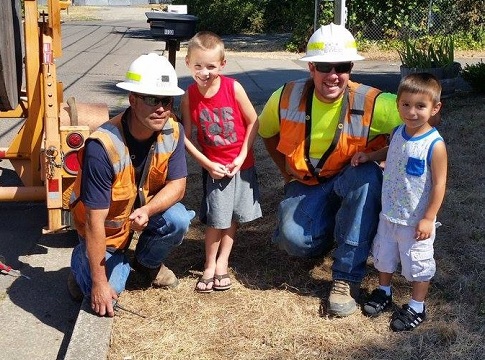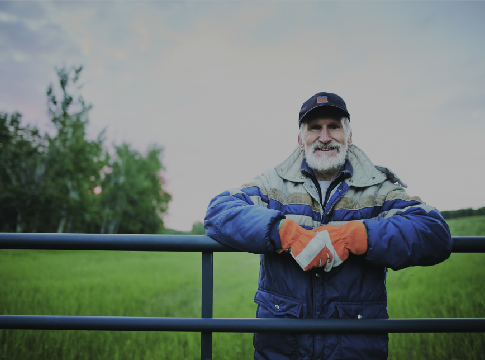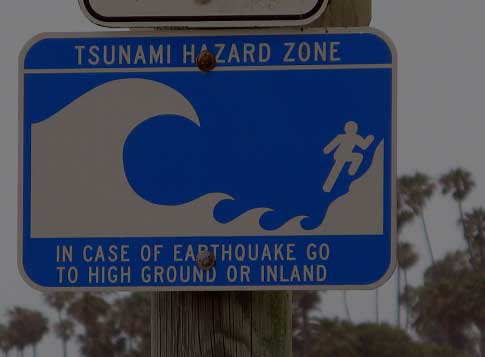Humans cause more than 70% of Oregon’s wildfires. We all have a role in mitigating wildfires and being ready to evacuate if necessary. Knowing what to do before, during, and after a wildfire can empower you to take action.
Taking simple steps to prepare today can make a big difference in being ready to respond and in keeping yourself, your loved ones, and your community safe.
Let's talk Defensible Space
Defensible space is the buffer you create between your business or home and the grass, trees, shrubs, or any wildland area that surrounds it. Proper defensible space can slow or stop the spread of wildfire and help protect your home or business.
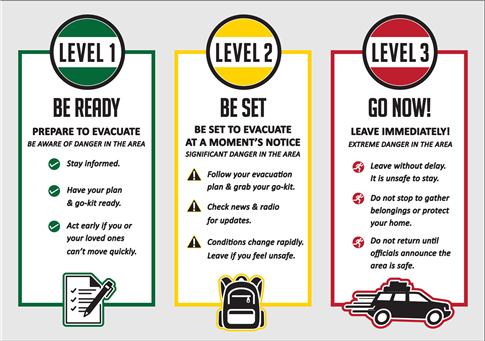
Be Informed. Make a Plan.
Have you talked with your family about an evacuation plan?
Preparedness begins by considering what each person in your home might need and understanding the risks you might encounter. The goal is to ensure that everyone in your household is ready.
Pack The Six P's For Evacuation:
- People and pets (food, water, hygiene, sanitation, clothing and comfort items).
- Prescriptions (medications, eyeglasses and medical devices).
- Phones, personal computers, hard drives or disks, and chargers.
- “Plastic” (ATM debit and credit cards) and cash.
- Papers and important documents (photo identification, birth certificates, social security cards, passports, visas, insurance policy, mortgage deed or rental agreement, medical records, banking or financial records).
Lane Alerts
Lane Alerts allows fire, police, and other emergency response agencies to issue alerts to residents in the event of severe weather, fire, flooding, hazardous materials, need for immediate evacuation, civil danger, local area emergencies, and missing persons.
In the event of an emergency, alerts will be delivered to you at the contact information you provided, including telephone, text messages and email.
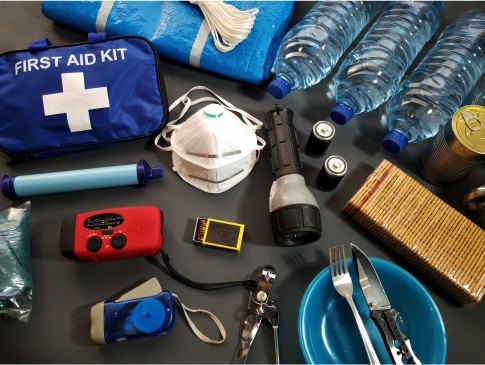
Your Emergency Kit
What should you put in an emergency supply kit?
Have you considered waste disposal and hygiene items?
Here are some ideas to help your family stay safe and comfortable during an emergency.
Learn more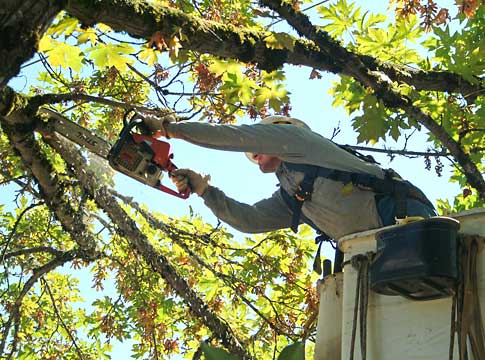
Trees and safety
When pruning or removing a tree, safety should be your main concern. Before you begin work on a tree, survey the area for overhead power lines. If you see lines in or near the tree you are planning to work on, please get in touch with us. Avoid working near power lines as contact can cause serious injury or death.
Important safety tips:
- Look up and live! Watch for overhead power lines when moving ladders or tools.
- Inspect your trees in the fall before winter weather arrives. And after a storm with wind, ice or snow survey your trees for damage. Give us a call if trees or branches near power lines appear hazardous or damaged.
- Do not let children play near power lines. Even if a tree isn't touching the lines, a child's weight on a branch could bring it in contact with a live line.

Tree selection and planting
When selecting a new tree to plant, we recommend the "Right Tree, Right Place" approach. By picking the proper species and planting procedure, you can increase public safety, reduce power outages, reduce the need for routine pruning and promote healthy, beautiful trees.
If you decide to plant trees under or next to power lines:
Choose small trees (up to 25 feet high at maturity) for planting under or next to overhead power lines as they will seldom need to be pruned for line clearance.
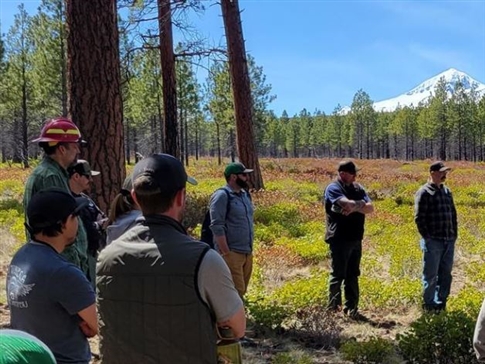
Oregon State University Fire Program
Broad program goals
Resilient communities and effective organizations: Where whole communities have the capacity, resources, and tools they need to cope with and adapt to stress and disturbance while maintaining key functions and values.
Cultures of adaptation: Where locally adapted solutions support people’s values and ecosystem health and ongoing engagement, learning, and relationships among people, place, and fire support desired fire cultures.
Fire-adapted ecosystems: Where appropriate patterns of wildfire occur and support key functions and processes in a diversity of ecosystems.
Learn MoreRelated Programs
Here are some of the ways we work proactively to keep the lights on and the tap water flowing.
You can significantly reduce damage to your home by fixing a number of known and common weaknesses. This FEMA booklet is a good start to begin strengthening your home against earthquake damage.

